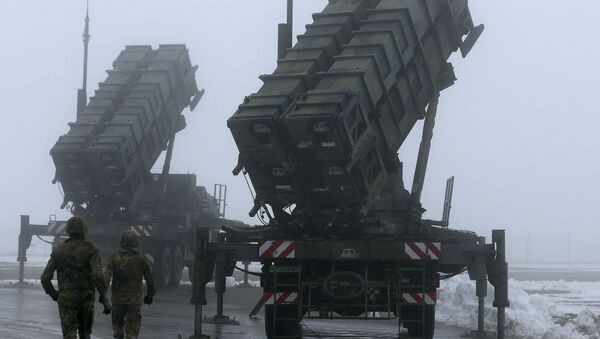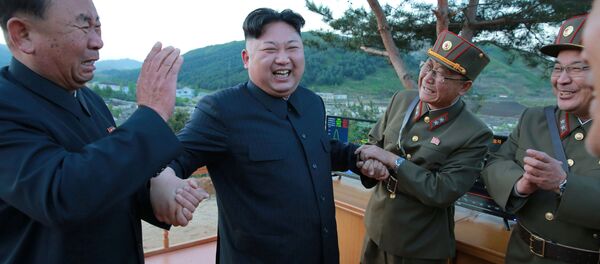While there has been no acknowledgement from US military brass that increased ballistic missile testing by the People's Democratic Republic of Korea (DPRK) is the primary motivating factor for speeding the implementation of the new technology, experts observe that Pyongyang would almost certainly incorporate decoy warheads in any aggressive weapons launch of a nuclear warhead.
Said to be a response to new threats, the Pentagon's Missile Defense Agency (MDA) is now speeding the development and implementation of a new missile interceptor that can take out multiple warheads — or multiple decoys launched alongside the primary warhead — at the same time, according to Defense One. A recent budget request by the Pentagon includes a $259 million line-item to speed up the next phase of development for the Multi-Object Kill Vehicle (MOKV) program, by five years.
MDA does not deny that the rapid increase in development for the technology is in response to continuous ballistic missile and nuclear weapons testing by the DPRK.
"We have accelerated MOKV risk reduction and product development phases to achieve a demonstrated capability in the 2025 timeframe," asserted a spokesperson for the MDA, cited by Defense One. Some experts have predicted that North Korea will have a intercontinental ballistic missile capable of reaching the US mainland by then.
The decision by the MDA to speed up the program to develop a new MKOV is observed to be happening in light of recent technological milestones, according to reports.
Allowing for the economic trickle-down effect, Boeing announced on Tuesday that it had received authorization from the MDA for a $58 million, 35-month contract, to demonstrate an MOKV prototype.



